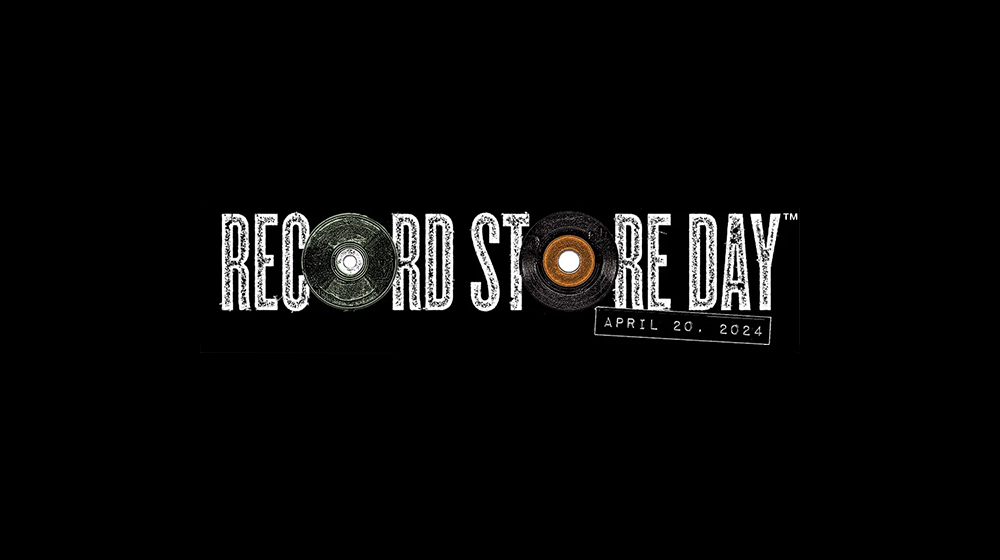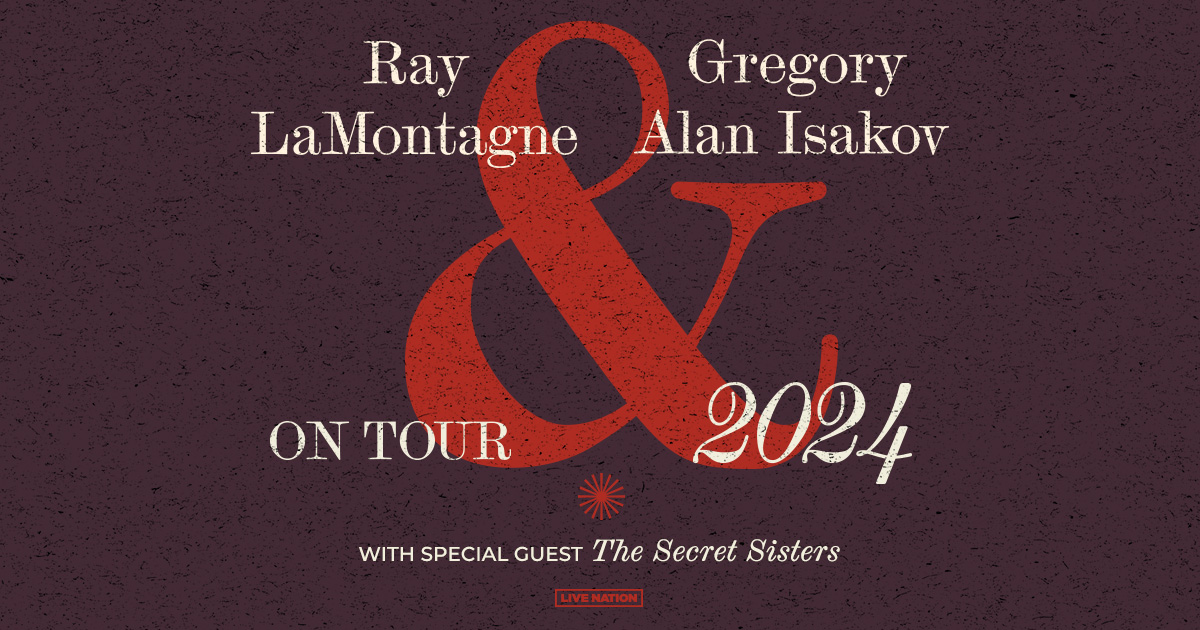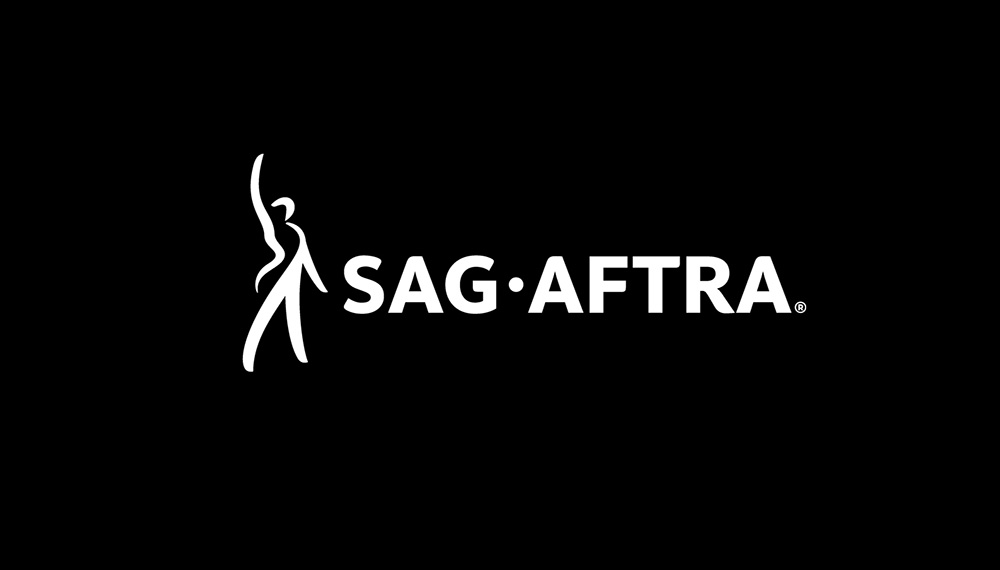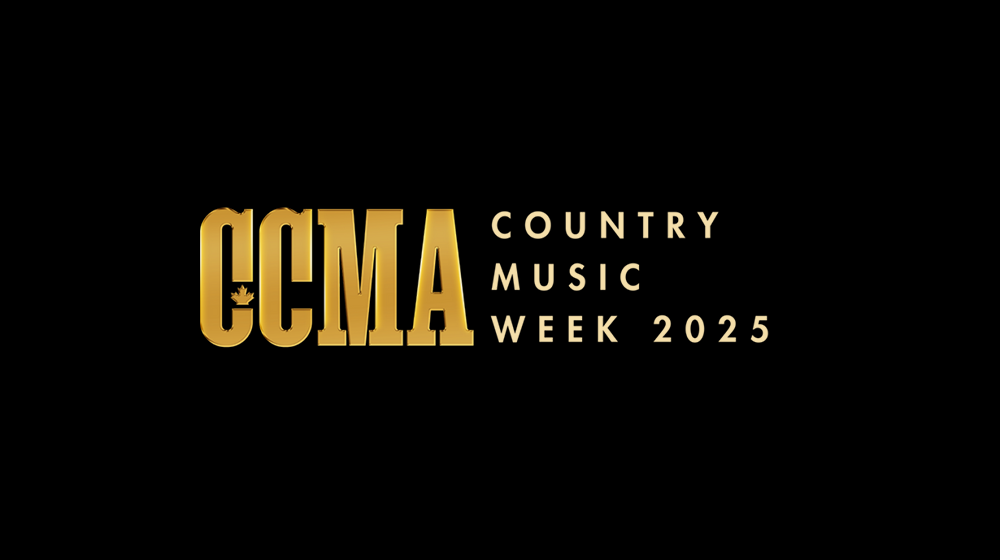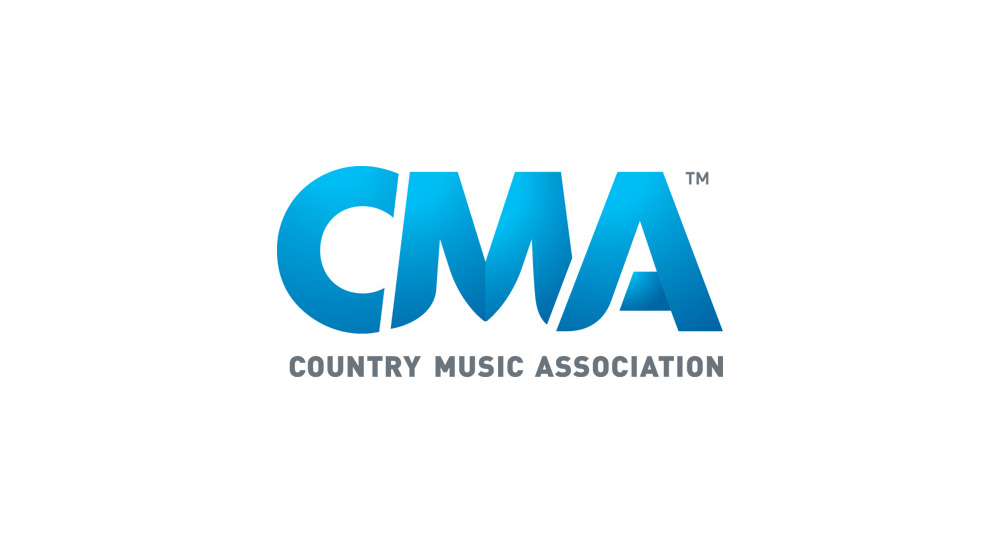
(CelebrityAccess MediaWire) —
Booming demand for music on the Internet and mobile phones nearly offset the decline in physical formats as recorded music sales fell nearly 2% to a retail value of $US 13.2 billion in the first half of 2005, compared to $US 13.4 billion in the same period of 2004.
IFPI has estimated the retail value of the digital music market in order to be consistent with its reporting of physical sales and to allow year-on-year comparisons. On that basis, digital music sales in the period amounted to approximately $US 790 million, up from $US 220 million in the first half of 20041–6% of total record industry sales.
On a trade basis, excluding the retail margin, digital sales in the first half of 2005 totalled $US 440 million. This includes sales from a-la-carte download stores, music subscription stores and from mobile music services such as downloads and ringtunes; the figure does not include revenues from monophonic and polyphonic ringtones.
The surge in digital music sales is being driven by the growing uptake of broadband, increasing penetration of 3G mobile phones and portable music players, and a series of successful launches of new music services in different countries over the past year. The digital music market has now overtaken the value of the global singles market. The figures show online and mobile sales making a significant impact on the world music market for the first time.
The digital music business is so far being driven largely by the world's top five markets US, Japan, UK, Germany and France but is expected to spread rapidly and will benefit many other markets in the coming months.
"The digital music boom is continuing and it is growing at an exciting pace for the music industry, for online retailers and for consumers," said IFPI Chairman and CEO John Kennedy. "More and more people in a growing number of countries are turning to the new legal ways of downloading music on the internet or via mobile phones."
"Meanwhile, there has been other good news in 2005: our actions to contain internet piracy, whether by education or by litigation, are working. And the legal environment is improving, with a series of recent decisions against unauthorized file-swapping services such as Kazaa helping to shift the balance in favour of the legitimate business. There is a long way to go–digital and physical piracy remain a big threat to our business in many markets. Our industry's priorities are to further grow this emerging digital music business while stepping up our efforts to protect it from copyright theft."
Physical music sales in the first half of the year, by contrast, fell by 6.3% in retail value to $US 12.4 billion, and by 6.6% in units, compared to the same period of 2004. This drop is attributed to a number of factors, including:
- Lower retail prices, which most affected CD revenues. CD sales were down 6.7% in value but with a much more modest unit decline of 3.4%. However, a few markets posted growth in CD sales value, namely France, Russia, India and Mexico;
- A small decline in DVD music video sales, which fell 3.1% in value and 1.6% in units. Despite falls in continental Europe and Asia, DVD music video sales value grew in parts of Latin America, UK (18.3%), US (3.7%) and France (3.9%). Globally DVD music video accounts for 7.2% of sales value approximately the same proportion as in the first half of 2004;
- The continued impact of illegal downloading and CD burning; and
- Other factors such as release schedules, commercial piracy and competition from other entertainment sectors.
In North America the US saw a drop in physical sales of 5.3% in value and 5.7% in units, but a counterbalancing strong increase in digital music sales. Sales of single track downloads alone in the US were up almost threefold in the first half of 2005 compared to the same period in 2004, totalling 159 million. Different forms of piracy, such as illegal downloading and CD burning, are having a significant impact on the US market while the record clubs segment continues to decline. The overall fall in sales is accentuated as a result of the strong first half sales in 2004.
In Canada physical sales were up slightly in units, driven by releases from Michael Bublé, 50 Cent, Coldplay and Il Divo but fell 4.6% in value primarily due to retail discounts.
Sales in Europe are a mixed picture. The biggest markets (UK, Germany and France) were helped by substantial growth in the digital music business, combined with robust local repertoire sales. Other markets in Europe continue to feel the impact of illegal downloading and CD burning and, in particular, of a reduced number of big international releases notably in Netherlands, Norway and Sweden.
In the UK physical sales fell by 4% in value and 1.7% units in the first half period. By contrast digital sales saw explosive growth with single track downloads alone increasing tenfold to 10 million units in the first half of 2005 compared to the same period in 2004 (OCC/BPI). DVD music video sales value grew in the UK, despite a fall in retail prices.
In Germany, digital sales helped compensate for a fall in disc sales, with single track downloads alone growing to 8.5 million in the first half of 2005 compared to only one million a year ago (IFPI Germany). Physical retail sales saw a decline in the low price sectors (record clubs and premiums) and fell 7.7% in units.
Among the major markets, France showed the smallest fall in physical sales (2.7% in value) while unit sales actually grew by 7.5%. French CD album sales were up a healthy 9.5% in units helped by a changing product mix, but due to falling prices value growth was a more modest 1.2%. The downward trend in retail prices also affected the DVD market, which grew 22% in units but only 3.9% in value. Digital sales in France grew strongly, with single track downloads totaling 4 million, up fourfold on the same period of 2004 (SNEP).
Russia continues to grow as a music market (up 21.2% in value) driven by the switch from cassettes to CDs along with increasing local repertoire sales. Today CDs account for 85% of the market value compared to only 35% in 1995. Local repertoire accounted for 75% of sales in the first half of 2005 compared to 65% in 2003. More than 80% of the Russian market is composed of independent labels, including those specializing in marketing a few local acts popular in specific regions.
Music markets in the Asia/Pacific region fell significantly during the first half of the year. In Japan physical sales fell 9.2% in value and 6.9% in units. CD sales remained flat in volume terms but falling retail prices led to an overall value drop of 10.1%. Digital sales in Japan (online and mobile) totalled $US 133.4 million at retail level in the first half of 2005 (RIAJ). While mobile sales accounted for the bulk of activity (96%), both sectors delivered healthy growth.
In Australia, physical sales continued to fall, with CD sales down 9.8% in value. DVD music video fell for the first time–by 16% in value–indicating that the format s previous steep growth had been heavily driven by rapid adoption in the DVD player market. However, the digital music market is set for growth in Australia, with several legal download services now launched and iTunes expected in the second half of the year.
The Indian market saw a continuing shift from cassette to CD, leading to a 15% increase in CD units. However, this growth did not offset the drop in cassettes and the market was down 2.4% in value.
In Latin America, physical sales results were mixed following a partial recovery in 2004. Mexico was the fastest growing market in the first half of 2005, up 21.5% in value spurred by continued anti-piracy efforts, expanded lower price campaigns and successful releases. The strength of Latin releases was also felt in the US, with Latin sales growing 17% in the first half of 2005. However, the Brazilian market fell by 16.5% primarily due to a steep drop in mid/budget line sales and higher than average returns from retailers. DVD music video sales, which had been driving the sales recovery in Brazil, fell for the first time by 6.3% in value. –Jane Cohen and Bob Grossweiner



















